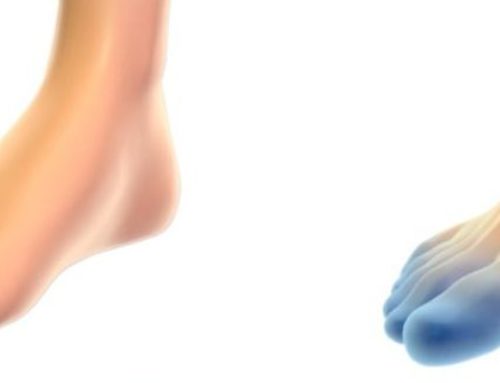
Foot and ankle injuries can be minor or serious, but in either case, they should be addressed immediately, so that there are no complications in the healing process.
Foot fractures refer to any type of break in the structure of the foot. Signs that you may have incurred a foot fracture may include: pain, swelling, bruising and difficultly moving your foot. To get an exact degree of the damage, an X-ray, MRI or bone scan may be ordered.
Foot Strain is an injury that is specific to the tendon or muscles that support the foot. Some causes of foot strain include, excessive pressure that may be caused by standing or walking for long periods of time. Pressure on the feet can also be increased if there is a problem with the muscles, tendons, ligaments, nerves and even skin. Some symptoms associated with a strained foot may include pain, muscle spasm, swelling, and weakness. A mild foot strain is when the muscles are pulled, but not torn. A moderate strain is when minor tearing exists, and there is weakness in the foot. In severe cases of foot strain, surgery may be necessary to repair the rupture.
Foot strains are more prominent in the elderly, because their skin is thinner and drier, and their feet widen with age. Women are more susceptible to foot strain, if they frequently wear high heels. In addition, if you are pregnant, the risk of foot strain is increased, due to the extra weight, causing excessive pressure on your feet. Professional dancers and football players may be more at risk, than someone who does not engage in these types of activities on a daily (and intense) basis. Incorporating a daily foot stretching and strengthening regimen may keep you free of sprains in the foot.
Foot sprain describes a ligament injury, and some signs that you have sprained your foot may include: bruising, stiffness, swelling, pain and tender the touch.
Sprained ankles occur when the ankle is moved out of its normal position, which in turn causes ligaments to stretch and even tear. An ankle sprain can be caused if a fall twists the ankle, walking on rough (uneven) terrain, and landing in an awkward way (from jumping). Signs that you have sprained your ankle will include: pain (when attempting to apply pressure to your foot), swelling, and perhaps bruising.
Ankle sprains are categorized into “grades” depending on the severity of the injury, and usually all heal without the aid of surgery. In some rare instances, surgery may be necessary to remove small pieces of cartilage and stitch torn ligaments. After surgery, a cast may be required for 6 to 8 weeks to allow for proper healing.
When you have strong, healthy feet you may be better equipped to “side step” foot and ankle injuries. For all your foot care needs, and to treat foot and ankle injuries, call Doctor Lefkowitz of Quality Foot Care, at 215-230-9707, and make an appointment to visit him and his friendly staff located in Doylestown.



